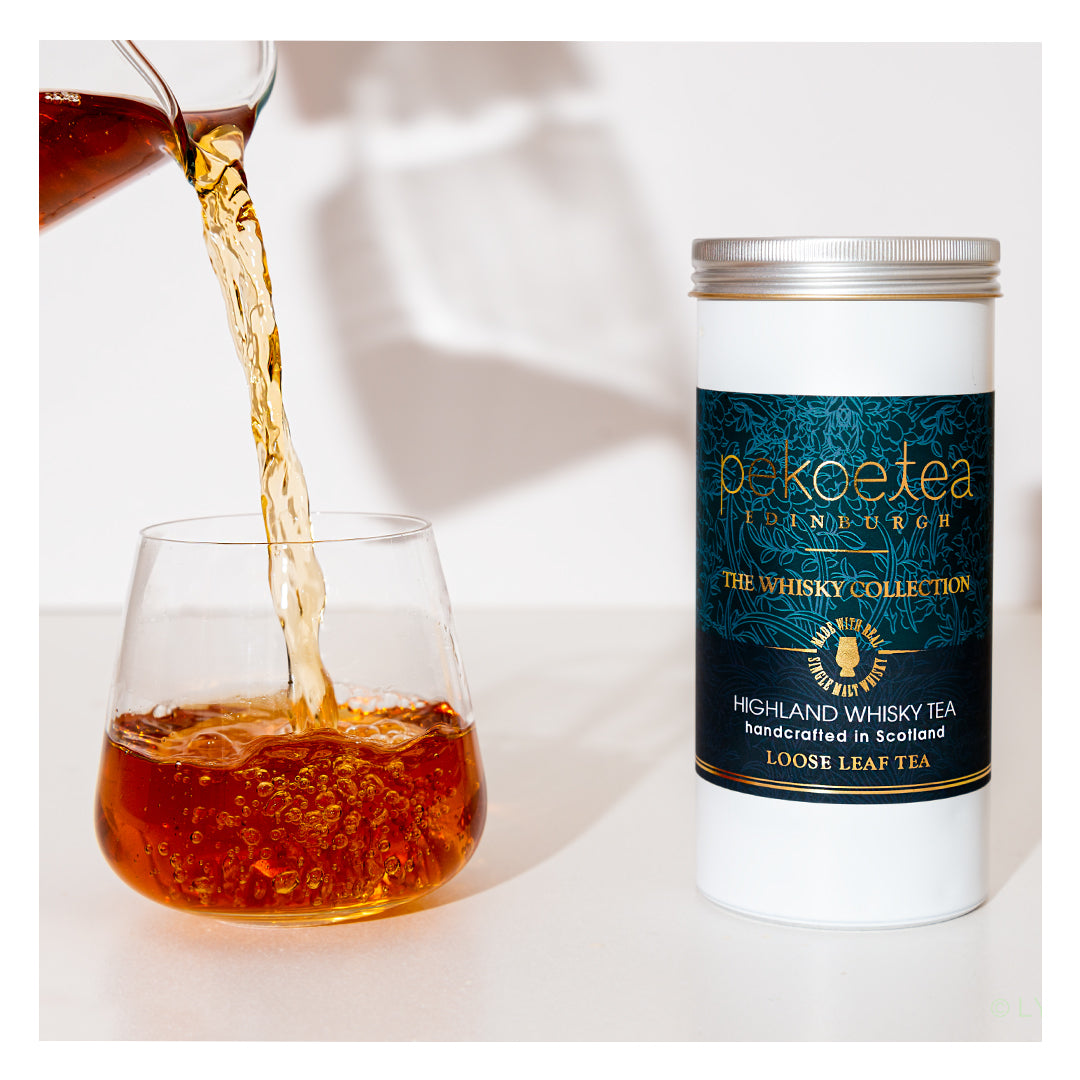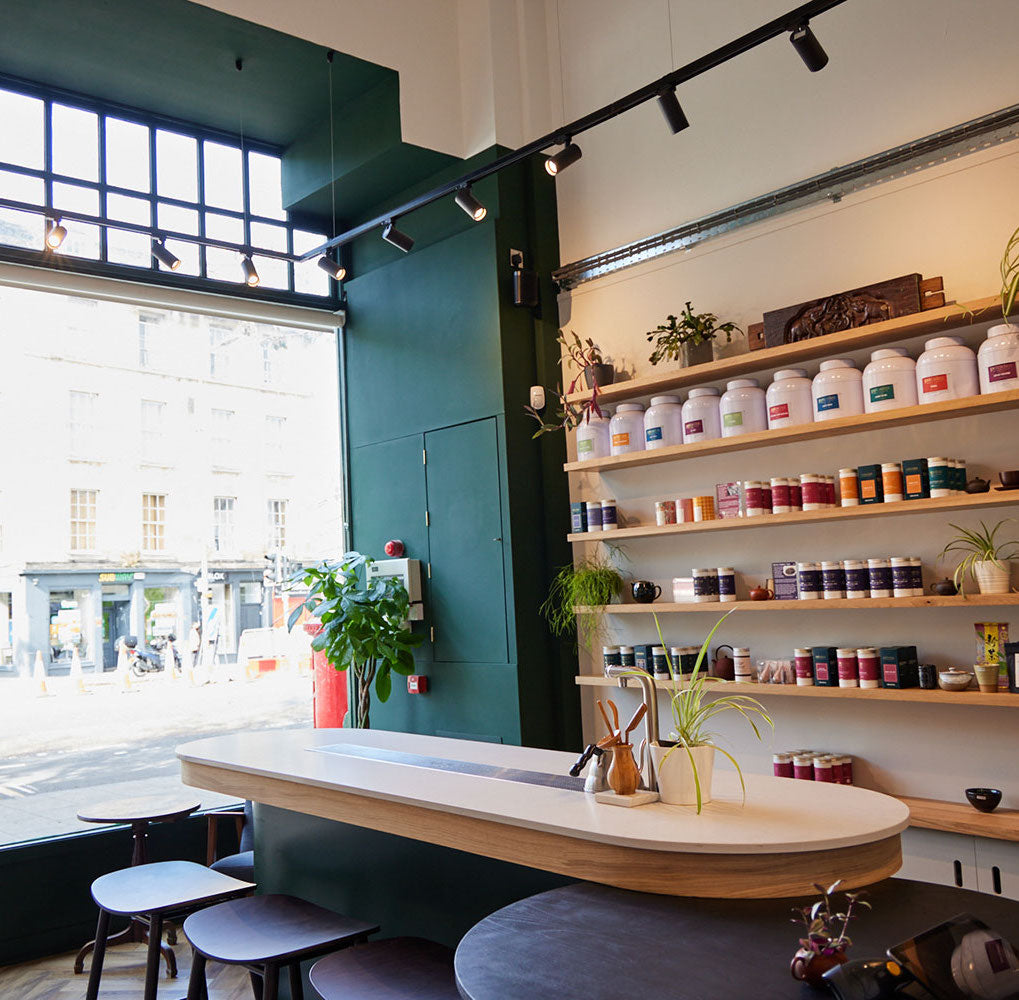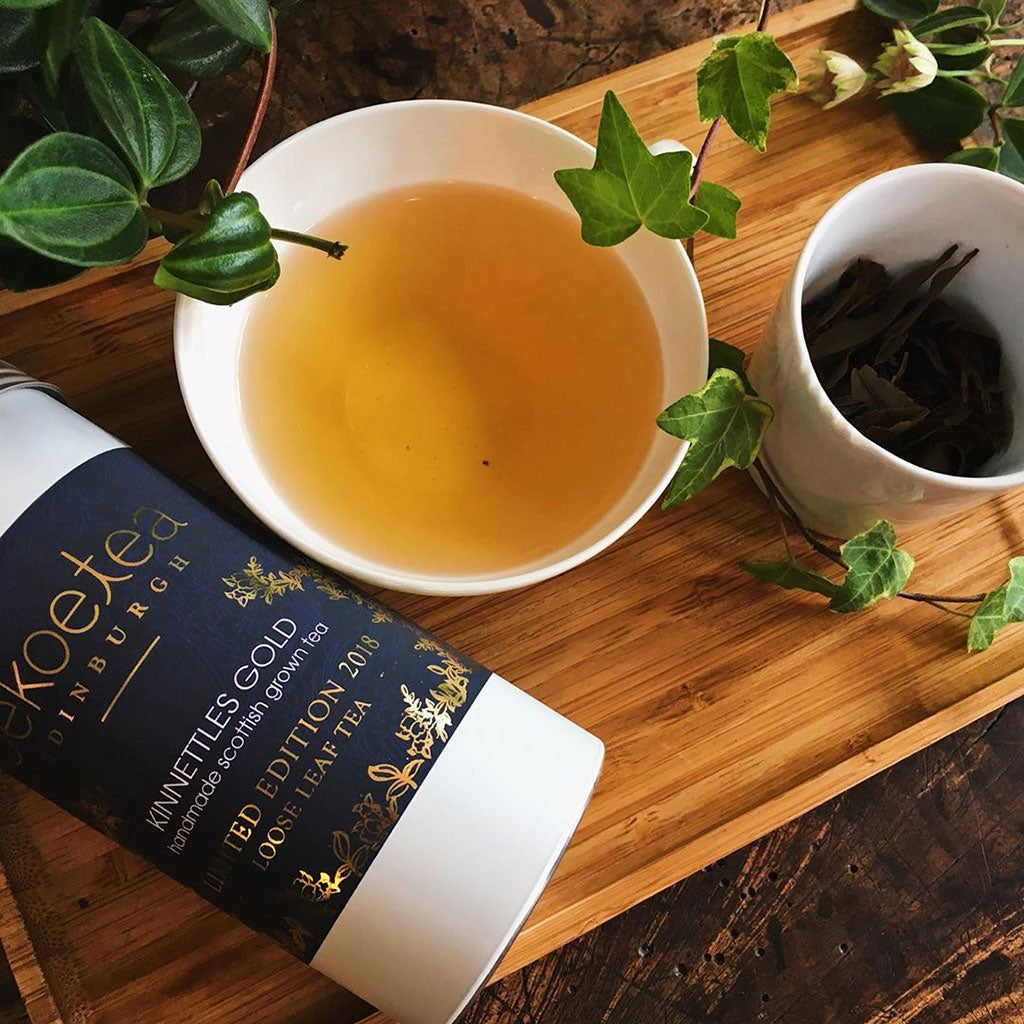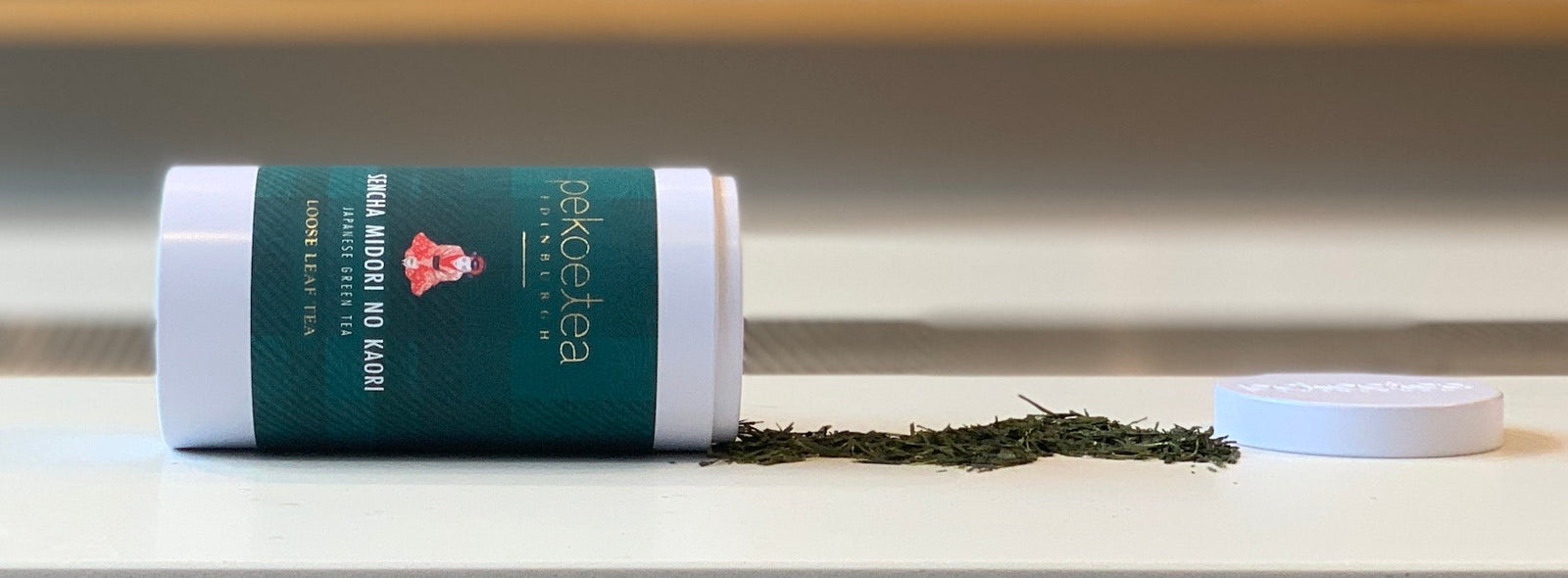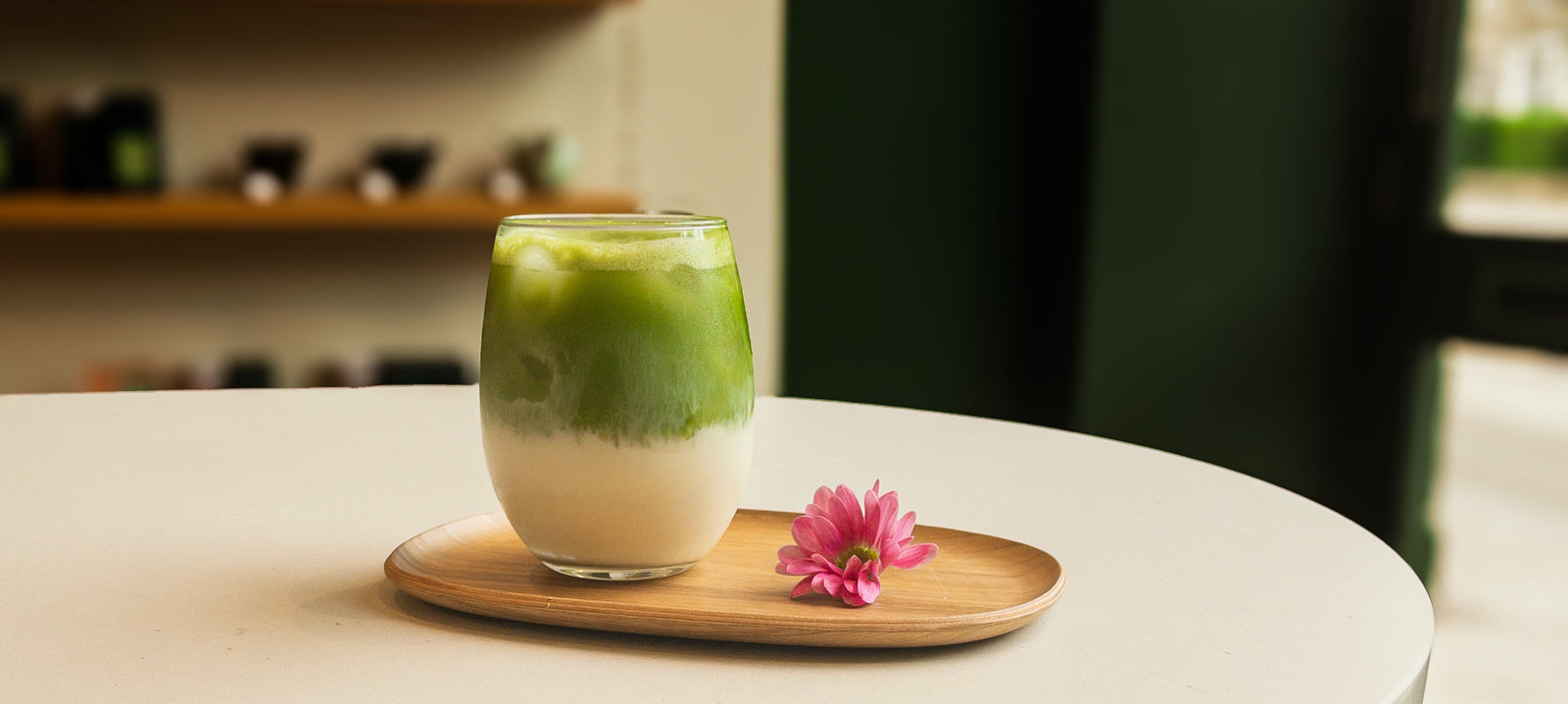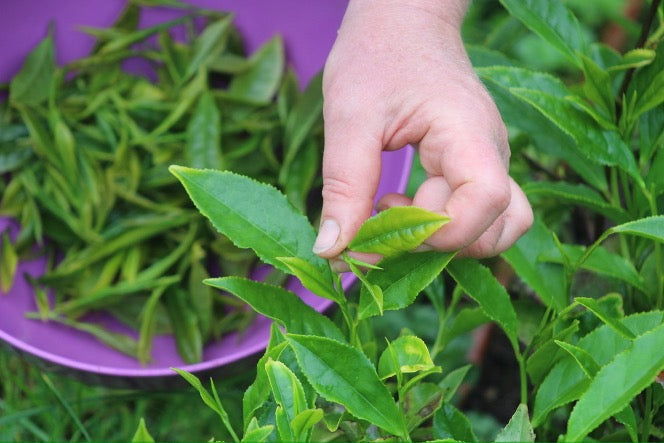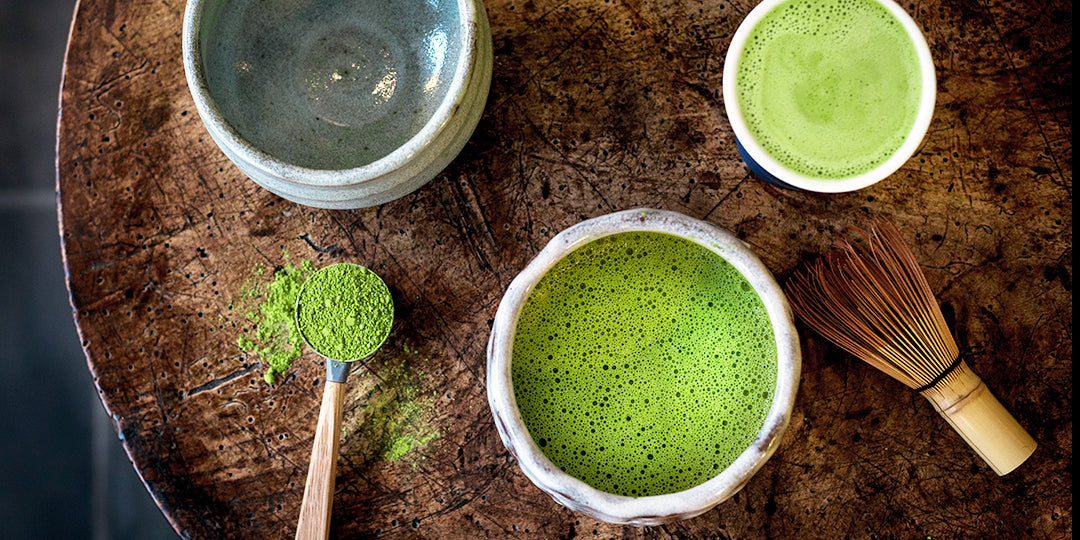Tea in Japan: Sencha, Gyokuro, and Matcha Explored
This week, we are celebrating Japanese tea. When one thinks of Japan, the image of the tea ceremony often comes to mind. Tea has been an integral part of Japanese culture for centuries, with a rich history dating back to ancient times. This blog will take you on a journey through Japanese tea, from its fascinating history to more detailed explorations of teas like Sencha, Gyokuro, and Matcha.
A Brief History of Tea in Japan
 To truly appreciate Japanese tea culture, one must delve into its rich history, as it sets the stage for the importance and reverence accorded to tea in Japan.
To truly appreciate Japanese tea culture, one must delve into its rich history, as it sets the stage for the importance and reverence accorded to tea in Japan.
Tea was introduced to Japan from China in the early 9th century, but it wasn't initially intended for pleasure or ritual; instead, it was valued for its medicinal properties. Over time, the preparation and consumption of tea evolved, becoming a central part of Japanese culture. The Japanese Zen Buddhist monk Eisai (1141-1215) played a significant role in promoting tea. Eisai wrote the "Kissa Yojoki" (Book of Tea), which extolled tea's health benefits and the Zen virtues of humility, respect, and simplicity. His work laid the foundation for the development of the Japanese tea ceremony.
A pivotal point in the history of Japanese tea was the rise of the "Wabi-Sabi" aesthetic during the 15th and 16th centuries. Wabi-sabi, a philosophy that finds beauty in imperfection and impermanence, profoundly influenced the Japanese tea ceremony. Sen no Rikyū (1522-1591), considered the most influential figure in Japanese tea history, refined and popularised the "Way of Tea." Under his guidance, the tea ceremony became a formalised, spiritual practice with a heavy emphasis on etiquette, aesthetics, and simplicity. The traditional tea ceremony reflected Rikyū's belief in the fleeting and humble nature of existence.
During the Edo period (1603-1868), tea culture flourished, and a distinct Japanese culture emerged. It was in this era that the "sado" (the way of tea) became not only a refined practice but also a significant social and political instrument used for diplomacy and networking.
Today, the Japanese tea ceremony remains a reflection of these historical influences - a way to connect with nature, appreciate the simple, and find harmony and tranquillity in the present moment.
With this historical context in mind, we can better understand the significance and cultural value of the different types of Japanese tea, including Sencha, Gyokuro, and Matcha. These teas each have their unique place in the tapestry of Japanese tea culture, offering diverse flavours, aromas, and experiences to those who seek them.
Types of Japanese Tea
Japanese tea comes in various forms, each with its own distinct flavour, aroma, and preparation method. Some of the most well-known types include:
- Sencha: Sencha is the most commonly consumed tea in Japan. It is made from tea leaves picked in early spring, which are then steamed to retain their vibrant green colour and fresh flavour.
- Gyokuro: Known as "jade dew," Gyokuro is a high-quality, shade-grown green tea. It boasts intense umami and sweet flavours and is often considered the finest green tea in Japan. Its unique cultivation method, involving shading the tea plants from sunlight for several weeks before harvest, results in its unique flavour. The leaves are small, dark, and rich. Gyokuro is often reserved for special occasions and is considered a true delicacy.
- Matcha: Matcha is the star of traditional Japanese tea ceremonies. The entire tea leaf is ground into a fine powder, ensuring that you consume the whole essence of the tea. It has a rich flavour and vivid green colour. Preparing matcha involves whisking the powder with hot water, creating a frothy, thick tea that is sipped, not steeped.
- Kukicha: Kukicha, also known as "twig tea" or "bōcha," is made from the stems, stalks, and twigs of the tea plant. It has a sweet, nutty flavour.
- Hojicha: Hojicha is roasted green tea. The roasting process imparts toasty, caramel-like notes, making it a popular choice for those who prefer a less astringent taste.
- Genmaicha: Genmaicha is a blend of green tea and toasted brown rice. It has a comforting, slightly nutty taste.

How Tea is Made and Processed
Here's a closer look at the basics of how green tea is made in Japan:
- Harvesting: Sencha, Gyokuro, and Matcha are made from the first flush of young tea leaves, usually picked in the early spring. Tea bushes used for making Gyokuro and Matcha are shaded from the sun for a period of time before picking. Other types of tea may be made from leaves picked later in the year.
- Steaming: Immediately after harvest, the tea leaves are taken back to the factory to be steamed to prevent oxidation. This step preserves the tea's vibrant colour and fresh flavour.
- Rolling: The steamed leaves are then rolled and shaped, which helps to release their distinct aroma and flavour.
- Drying: After rolling, the tea leaves are dried to reduce their moisture content.
- Grading: The tea is graded based on leaf quality and size.
- Packaging: The tea is then packaged and ready for consumption.
Japanese tea culture is steeped in history and tradition, offering a diverse range of flavours and experiences. Whether you're savouring a cup of Sencha, indulging in the luxury of Gyokuro, or partaking in the serenity of a Matcha tea ceremony, Japanese tea provides a window into the soul of a rich and ancient culture, where every sip tells a story and ceremony is an art form.
Japanese Tea Tastings and a Delicious New Sencha
To celebrate Japanese tea, we are launching Japanese private tea tastings and a fabulous new Sencha.
Sencha Midori No Kaori is a lightly steamed Sencha that has been shaded before picking. The short steaming time makes for an aromatic and complex tea, while the shading reduces astringency and increases sweetness. The resulting tea is rich and exciting, with notes of spinach, nuts, and freshly baked bread. On the tongue, pure umami gives way to the sweetness of hay and honeydew melon. This tea really takes you on a journey and is one of my favourite green teas so far this year. Available to buy at our tea studio or online.
If you want to taste the teas you've read about in this post, you can book one of our new Japanese tea tastings. Embark on a sensory adventure as we introduce you to four of the most cherished Japanese teas: Sencha (our new Sencha Midori No Kaori), Gyokuro, Hojicha, and Genmaicha. Each tea tells a unique story and offers distinct flavours that paint a vivid picture of Japan's rich tea culture. Our tea-tasting events go beyond sipping tea. You'll gain insight into the captivating history, intricate processing techniques, and the perfect brewing methods that make Japanese teas exceptional. It's a fascinating exploration that will deepen your appreciation for these time-honoured traditions. There's also an optional add-on to learn how to make Matcha for yourself. The tastings are at our Leith Tea Studio, where you'll have the whole space for 2 hours. You can book online for between 3 and 5 people, with openings beginning mid-November.

